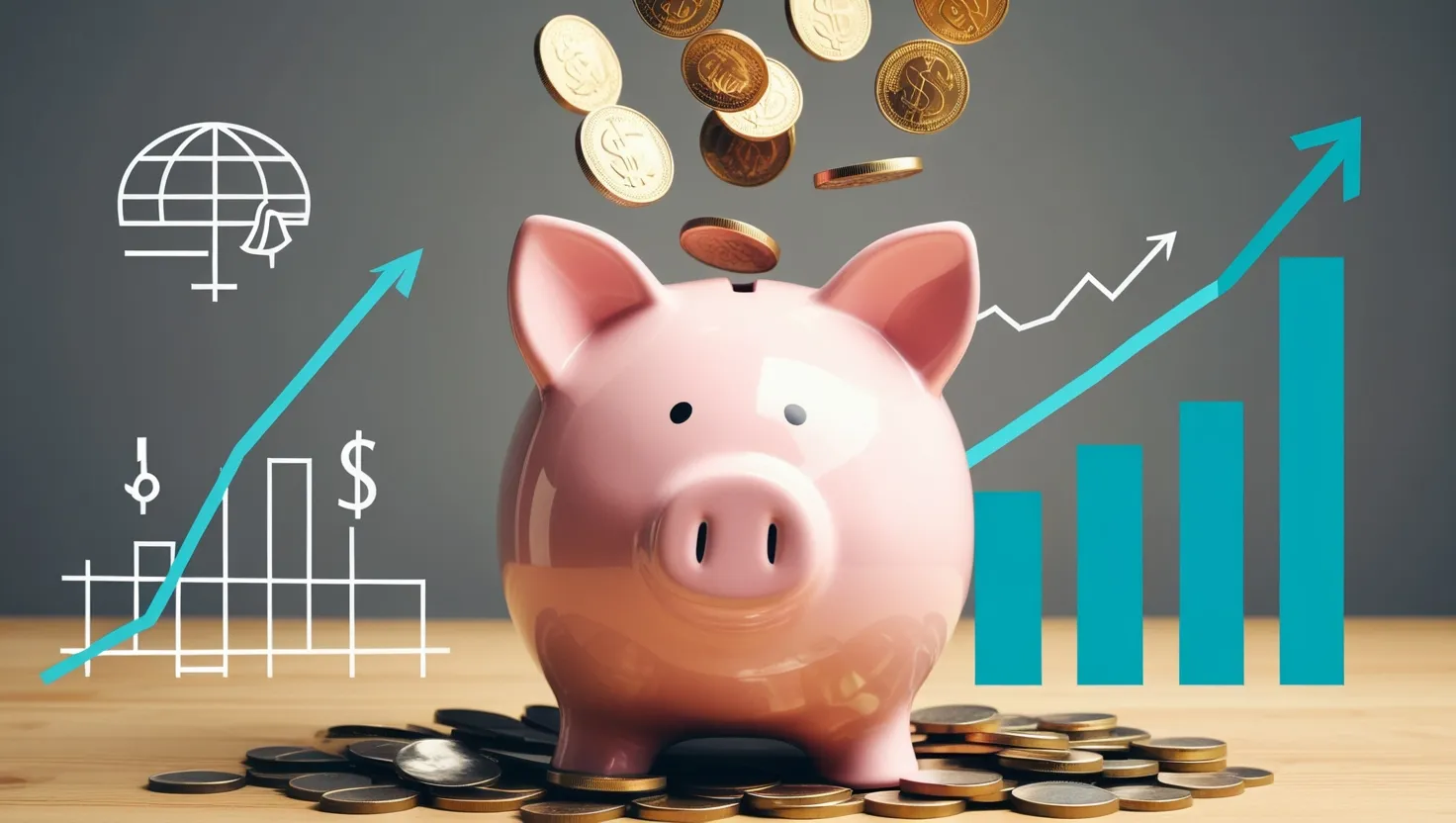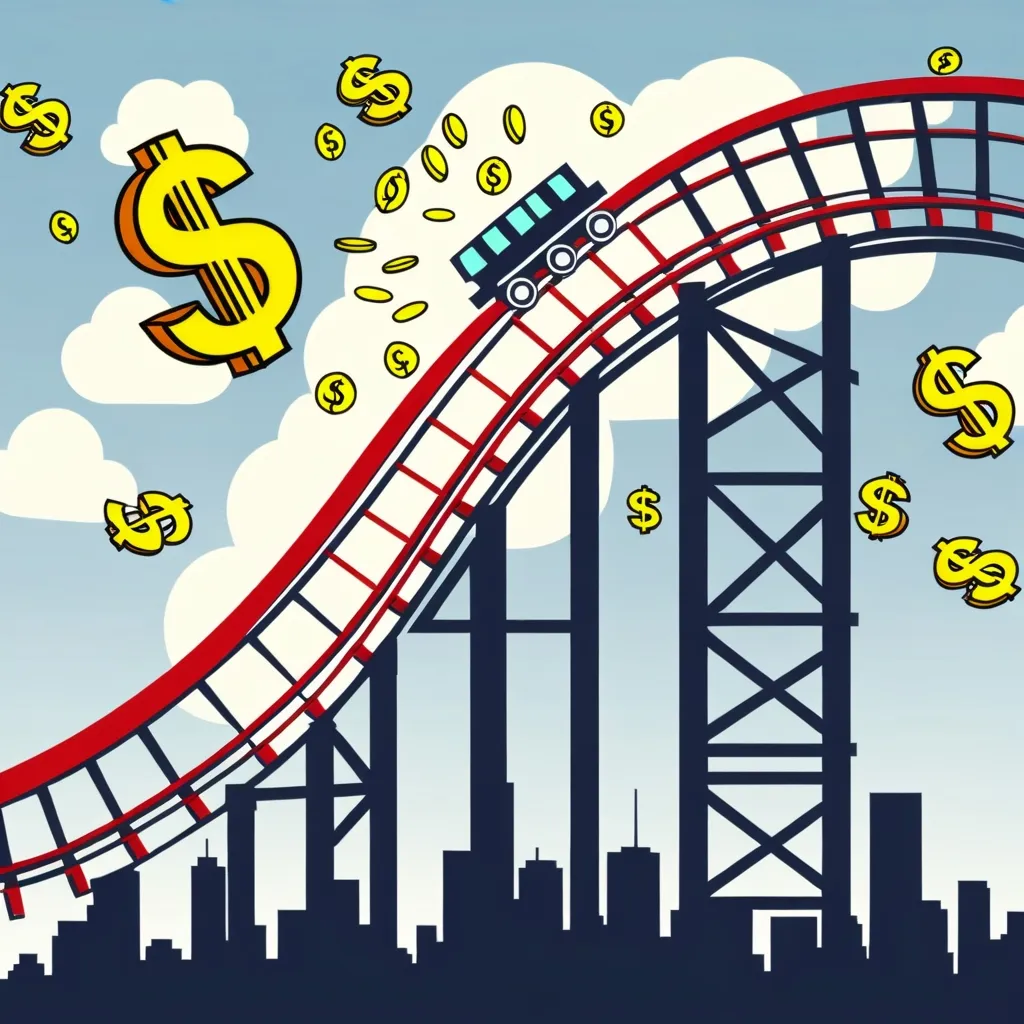High-yield savings accounts are kind of like the holy grail for folks looking to maximize returns on their cash without diving into high-risk investments. These types of accounts offer substantially higher interest rates compared to your run-of-the-mill savings accounts. So, if you’re keen on making your money work a tad bit harder for you, keeping an eye on high-yield options is definitely worth it.
Why even bother with high-yield savings accounts, you ask? Well, these accounts are all about growth. Traditional savings accounts usually offer pretty dismal interest rates, sometimes as low as 0.01%. On the flip side, high-yield savings accounts can offer rates up to 5.50% APY. To put it into perspective, if you stash $1,000 in a high-yield account at 5% APY, you could earn around $50 over a year, compared to just ten cents in a traditional account.
Now, let’s talk about what’s hot on the market. As of September 2024, top-tier high-yield savings accounts are boasting some impressive rates. For example, Poppy Bank’s savings account is dishing out a 5.50% APY. Meanwhile, other reputable institutions like CIT Bank and LendingClub are offering around 5.00% and 5.30% APY, respectively. Remember, these rates can change, but they’re miles ahead of what you’d get from a standard savings account.
One of the coolest things about high-yield savings accounts is how accessible they are. Unlike CDs (Certificates of Deposit), which might lock your money away for a certain period unless you’re okay with penalties, high-yield savings accounts let you get to your money whenever you need it. This makes them super handy for emergency funds or short-term goals like saving for a new gadget or even adding a little extra towards a down payment on a cool new ride.
Choosing the best high-yield savings account boils down to a few key factors:
First off, the Annual Percentage Yield (APY) is crucial. It’s the number that tells you how much interest you’re going to earn. Look out for accounts offering the highest APYs but keep in mind these rates can go up or down over time.
Then, there’s the minimum deposit and balance requirements. Some high-yield savings accounts might ask for a minimum deposit to get started and could even have minimum balance requirements to dodge monthly fees. Always check these terms before you dive in.
Fees are another big thing to watch out for. Some accounts might come with fees for stuff like maintaining the account or even transferring funds. Make sure the benefits of the account outweigh any potential fees.
Think about how easily you can get your hands on your cash too. If you’re someone who prefers stepping into a bank branch or needs a widespread ATM network, pick an account that fits these preferences.
For the tech-savvy, checking out the online and mobile platforms of the financial institution is a good move. Read some reviews to ensure their app and website are easy to use and offer the features you need.
Some high-yield savings accounts are already making a name for themselves. Here are a few:
- SoFi Checking and Savings: With a 4.50% APY and a reputation for user-friendly online platforms, it’s a strong pick.
- CIT Bank Platinum Savings: Their 5.00% APY is enticing for those wanting high returns without the hassle of many fees.
- American Express High Yield Savings Account: Offering a 4.25% APY, Amex brings reliability to the table.
- UFB Portfolio Savings: They offer a 5.15% APY, making them a serious contender in the high-yield arena.
Of course, high-yield savings accounts come with their pros and cons:
The big selling point here is the higher interest rates. You earn way more interest compared to traditional savings accounts. Plus, the liquidity aspect means you can access your money whenever you need it. This flexibility is golden for emergency funds and short-term saving goals. And, don’t forget the FDIC insurance. Your money is safe up to $250,000, so there’s a nice sense of security.
On the flip side, the rates are variable. This means they might drop over time, so it’s a good idea to keep an eye on them. Fees are another potential downside. If not managed well, they can nibble away at your savings.
So, is now a good time to open a high-yield savings account? Absolutely. The Federal Reserve’s rate hikes have pushed APYs higher, making these accounts much more attractive. Even with predictions of a rate cut in September 2024, the rates are still significantly better than what you’d find in a standard savings account, making it a prime time to maximize your returns.
In a nutshell, high-yield savings accounts are a smart way to grow your savings without diving into risky waters. By choosing an account with a stellar APY, minimal fees, and easy access to your funds, you can let your money do more for you. Whether you’re saving for unforeseen events, short-term goals, or just wanting to earn some decent interest on your savings, a high-yield savings account is an excellent choice. So, take a moment to shop around, compare those rates, and find an account that aligns perfectly with your financial goals. Your future self will thank you!






